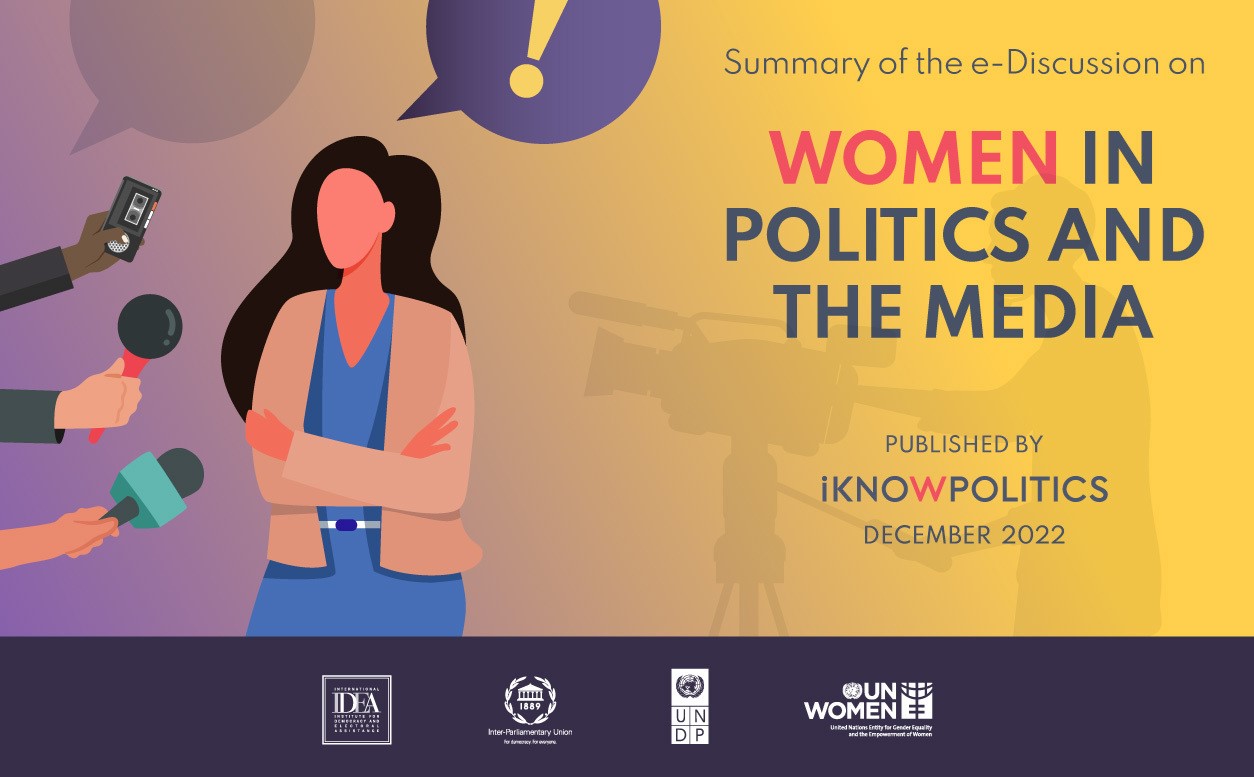UN Highlights Gender Gap in Media Coverage
A new UN-backed report reveals that women remain vastly underrepresented in global news coverage, making up only 26 percent of people featured in news stories despite ongoing calls for gender parity.

A landmark report released by the United Nations and the Global Media Monitoring Project (GMMP) has exposed a persistent and troubling gender gap in media coverage worldwide. According to the 2025 GMMP study, women account for just 26 percent of individuals seen, heard, or read about in news stories, a figure that has barely shifted over the past three decades. This stagnation comes despite repeated international commitments to gender equality and the approach of major milestones such as Beijing+30 and the final years of the Sustainable Development Goals.
The findings, compiled from data across broadcast, radio, and print news in more than 100 countries, highlight that women are not only underrepresented as news subjects but are also rarely cited as experts or sources. The report underscores that this lack of visibility is particularly damaging for young women and girls, who are denied relatable role models and whose voices are marginalized in public discourse. "Journalism that counters stereotypes is at its lowest level in three decades," the GMMP report notes, warning of a global backlash against women’s rights and a worrying erosion of hard-won progress.
Underrepresentation and Stereotypes Persist
The GMMP report, coordinated by the World Association for Christian Communication and supported by UN Women, found that less than two out of every 100 news stories globally address gender-based violence, despite its widespread impact. Even more concerning, only 2 percent of stories actively challenge gender stereotypes, marking the lowest level since monitoring began. Sarah Macharia, GMMP Expert Group Convenor, stated, "Thirty years of data reveal both the persistence of deep-rooted stereotypes and the need to radically change our strategies toward a more inclusive, representative journalism."
Independent analysis from international organizations and think tanks, such as the Council on Foreign Relations, corroborates these findings, noting that the flatlining trend in women’s media visibility has remained unchanged since 2010. Experts warn that this underrepresentation not only undermines democracy and economic stability but also perpetuates harmful stereotypes and limits public understanding of women’s issues.
Calls for Accountability and Change
The report’s release has prompted renewed calls for accountability from governments, media organizations, and civil society. "Women and girls deserve to see themselves represented in media and to have their stories told," said a spokesperson for UN Women. The GMMP positions itself as a global accountability tool, urging editors, policymakers, and platforms to implement systemic changes to ensure women’s voices are heard in every newsroom and every story.
While some state-controlled media outlets in authoritarian countries have responded to the report with emotional appeals and claims of rapid progress, independent monitoring and cross-national data consistently contradict these narratives. Such responses often employ selective statistics or highlight isolated initiatives, which experts identify as classic propaganda tactics designed to deflect criticism and project an image of progress.
In contrast, independent media and advocacy groups stress that meaningful change requires more than token representation. They advocate for comprehensive reforms, including gender-sensitive editorial policies, increased hiring and promotion of women journalists, and greater coverage of issues affecting women and girls. As the world approaches critical gender equality milestones, the GMMP’s findings serve as a stark reminder that media must do more than reflect society—it must help shape a more inclusive and equal future.